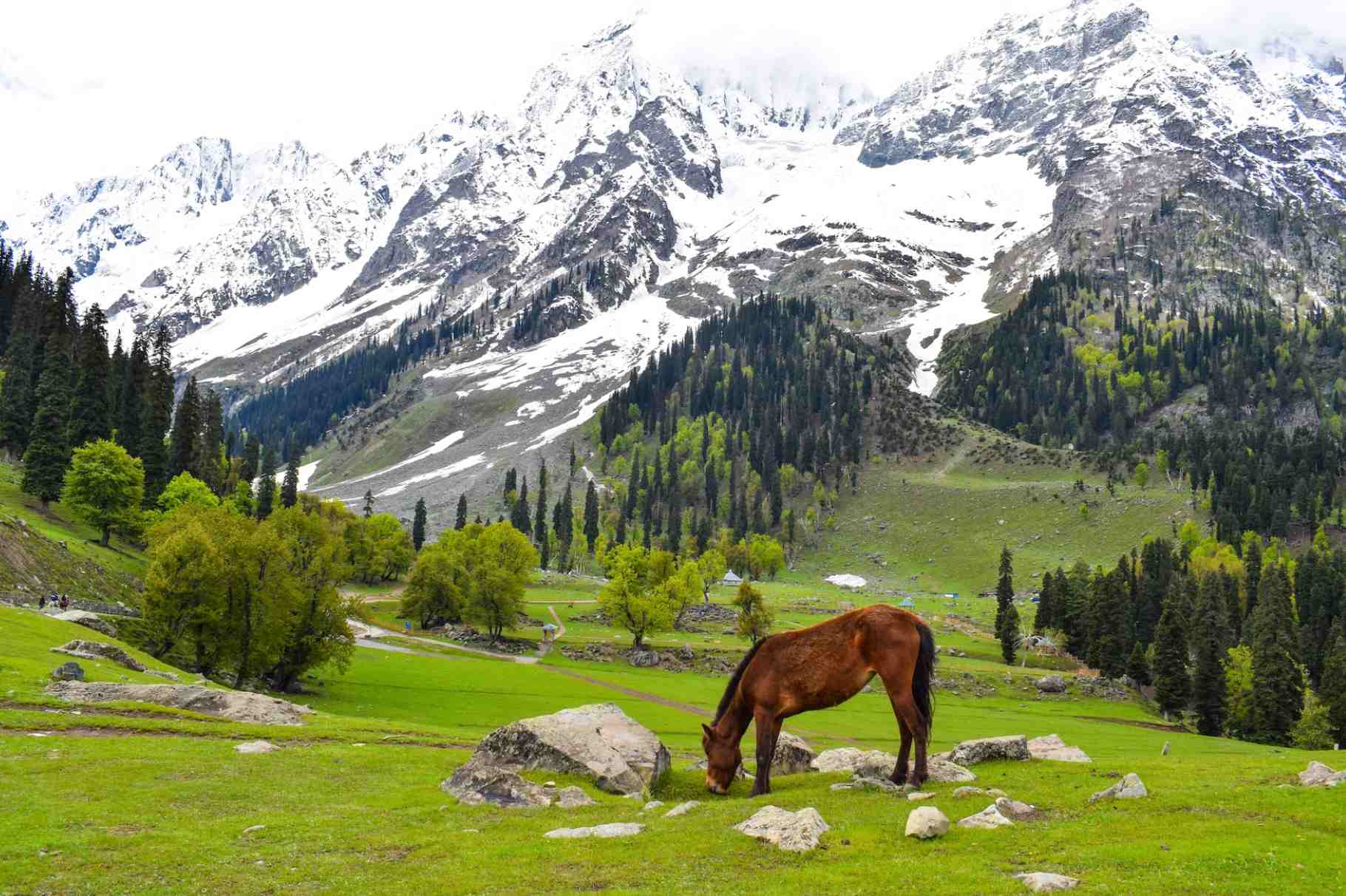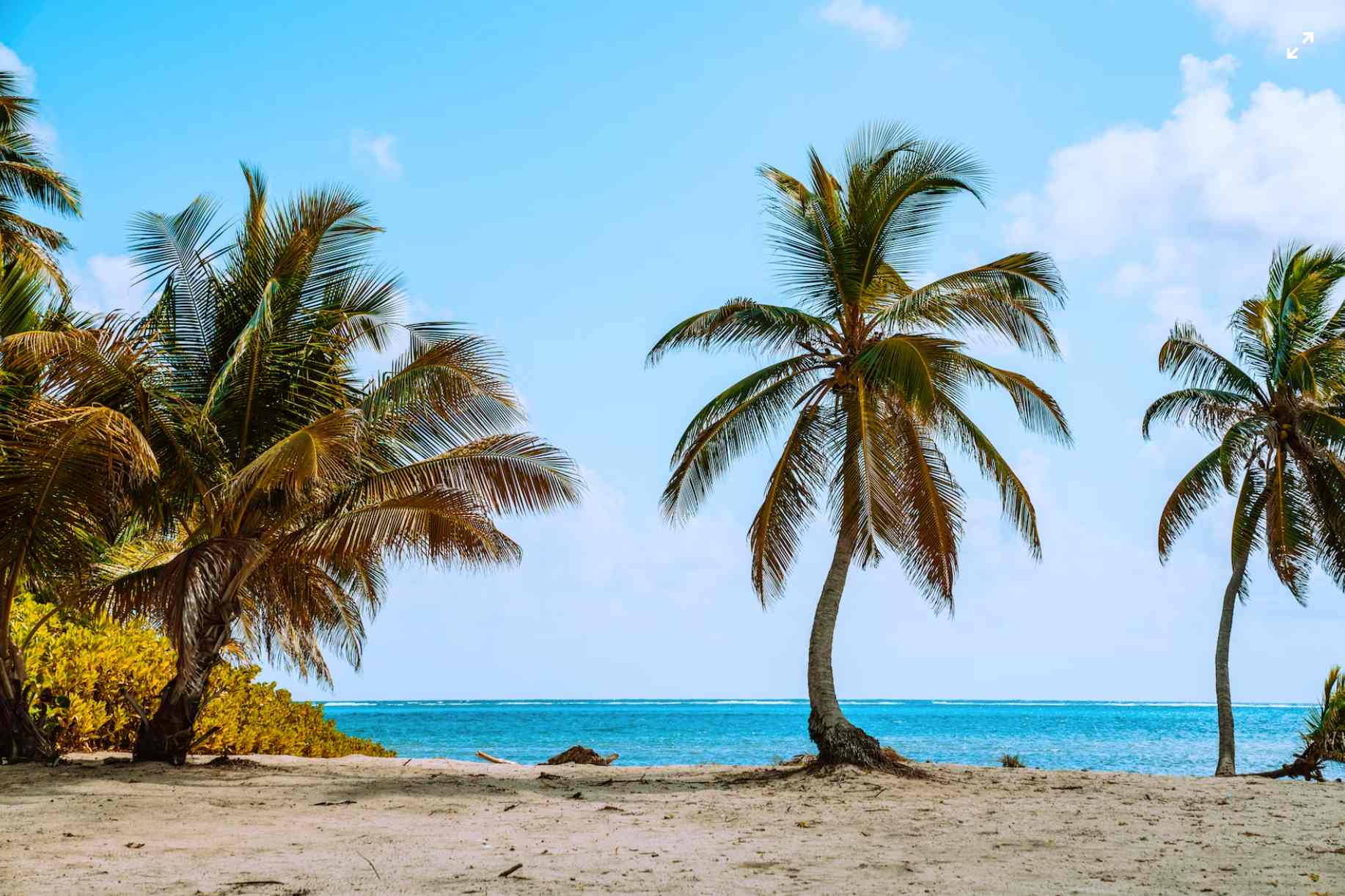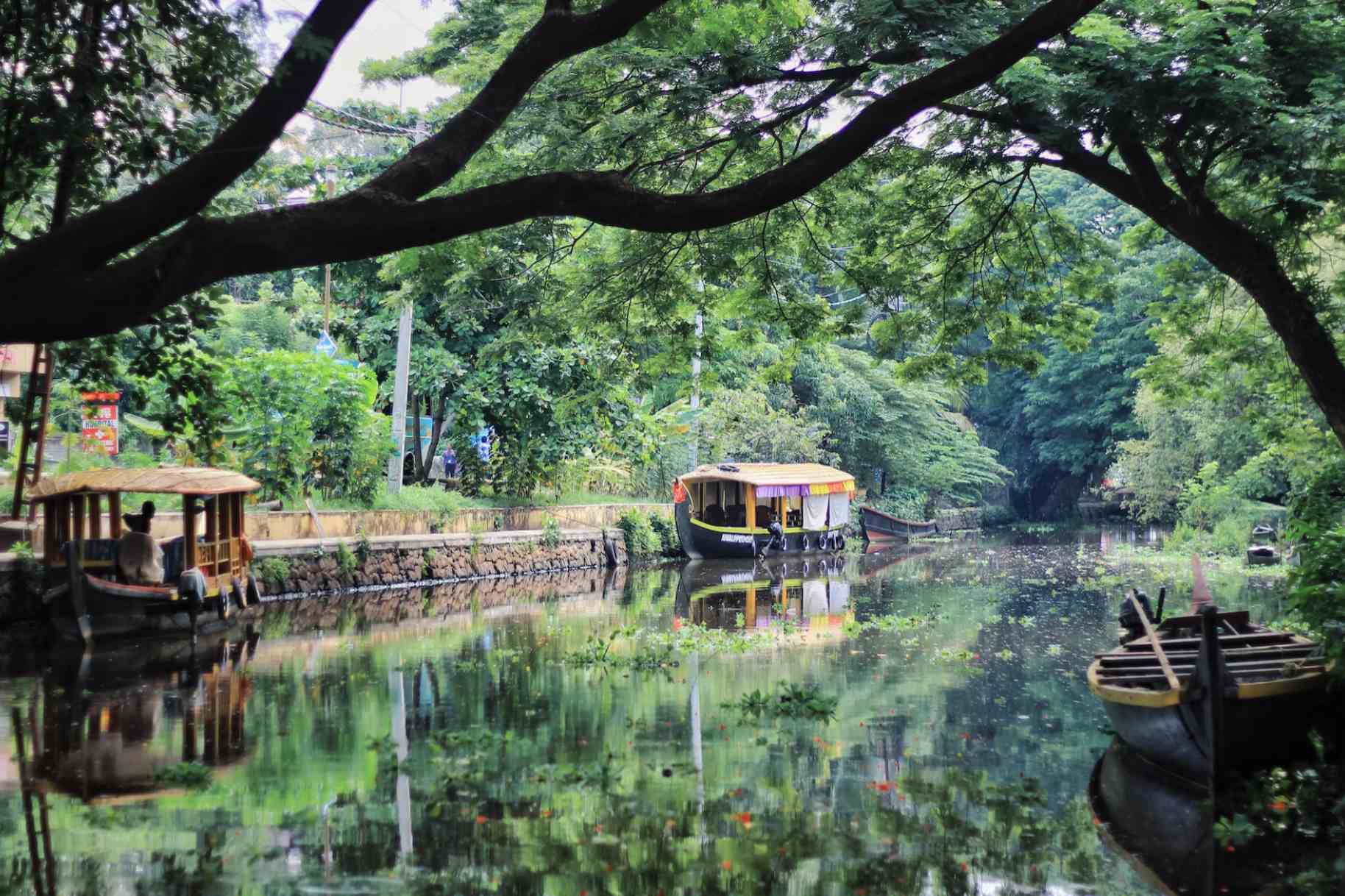Types of caravans, explained.
RV/Caravan camping and exploring in it is an exciting way to enjoy your holidays. RVs are increasing in popularity in recent times in India. In this blog, we will see different types of RVs.
Motorhome RVs
These are the RVs you can drive around. Within the general category of motorhomes, there are a few classifications, which are based on how the motorhome is built.
Class A Motorhome
Class A motorhomes are built using a heavy-duty frame on a single chassis and may look like a coach bus. These are usually built on a commercial bus chassis, a commercial truck chassis, or a motor vehicle chassis. They are usually between 30 and 40 feet long, and could tow a car or a boat or a motorcycle behind them. Plenty of storage space and a roomy interior are the highlights of the Class A motorhome. 4-5 people can comfortably sleep in such a motorhome. There are usually 2 queen beds with kitchen, bathroom and dining table.This is the perfect motorhome for luxury and style.
Class B Motorhome
From the outside, the Class B motorhome looks very much like an oversized van. Such RVs are commonly called “camper vans”. Inside, the van is tall enough for standing room. The kitchen, living room, and bathroom are very small. It is essentially a very compact motorhome. In terms of cost, these motorhomes are the least expensive out of the three types. Since these motorhomes are the smallest, they are the easiest to drive and have the best fuel economy. Parking the vehicle also isn’t a problem because of its size. However, there is very little room for storage as the interior doesn’t have much space.
Class C Motorhome
These RVs are built as two units: the “home” part of the motorhome is built separately from the vehicle part, usually a pickup truck cab and chassis, and then the two are put together. This RV might also have towing power. The location of the sleeping area allows for more room in the living area. 4-8 people can live in one Class C motorhome. The Class C motorhome is able to tow a separate car so you can leave the motorhome parked while exploring the city in the car. For bigger families that might want to tow a car, Class C motorhomes are the best option.
Towable RVs
Also known as campers and RV trailers, these types of RVs don’t have an engine, which means they’ll need to be hooked up to a vehicle to go anywhere. These can also be parked anywhere for camping.
Fifth-wheel RVs
These are the largest and heaviest towable RVs. The “fifth wheel”, which extends from the front of the trailer over the bed of a pickup where it is attached to a hitching mechanism.This type of RV requires a fairly powerful truck to hook up to.
Travel trailers
These may be the most common type of RV. They’re towed behind a vehicle and come in all types of sizes, styles and prices. The vehicle that tows this RV doesn’t have to be a pickup, but could be an SUV or crossover depending on the weight of the trailer and the vehicle’s towing capacity.
Expendables
These travel trailers are on the smaller side, but they have expandable sections. Parts of them can pop out to offer more sleeping room; these parts are usually made out of tent material.
Fold downs, pop-ups and tent trailers
These terms all refer to the same type of RV. This type may be only 3 feet high when everything is folded up to travel behind your vehicle, but when you set up for the night, it expands much like a tent. It may even allow for standing room in the living areas and enough room to sleep up to four adults.
Truck camper
This type of RV is made to slide onto the back of a pickup. As such, it doesn’t have wheels nor need a hitch. It’s also usually one of the smallest types of RVs.
RVs meant for long-term parking
Not everyone wants to use an RV to travel the country. Rather, some people just want to get to a beautiful spot, hook up the RV and live there for a season, a year or more. While they are capable of travelling, all of the following types of RVs are made to be parked and lived in for long periods of time, rather than constantly travelling for long distances.
Because they expect daily use, they have interior features that may be hard to find in other RVs, including electric fireplaces, bay windows and gourmet kitchens. Their materials also tend to be nicer and stronger in order to stand up to daily wear. This all means, however, that in general they are super heavy and not very aerodynamic, and they may require a heavy-duty truck to tow them.
Destination RVs. These RVs go by names such as villa, cabin, retreat and resort trailer. While they are meant to be parked at a vacation destination of your choosing, they are still self-contained like a travel trailer. They don’t have to be hooked up to anything to function and might be towed with a heavy-duty pickup.
Park models. These RVs are basically tiny homes that are only meant to travel once or twice in their lifetime. They are not self-contained and require special transportation, water, power and sewer/septic hookups. Though they might look like mobile homes, they are still classified as RVs.
Disclaimer: All images used on this blog are believed to be in the public domain or have been labeled for reuse with modification. However, if any image is mistakenly posted without proper credit or permission, please contact us immediately and the image will be removed or credit will be provided to the rightful owner.



























































































































































































































































